Operations Research / Linear Programming Solver - linear optimization tool
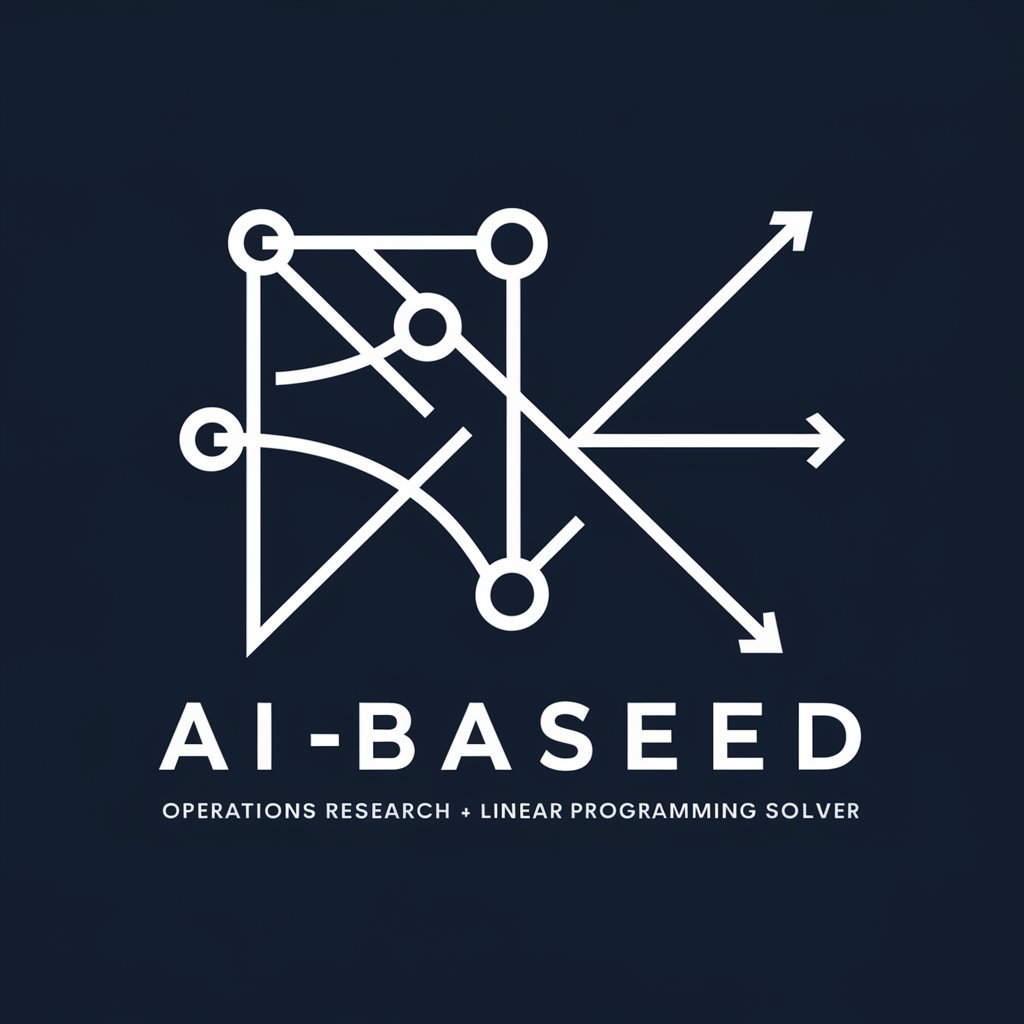
Welcome to the Operations Research Solver.
Optimize decisions with AI power
Explain the steps of the Simplex Method in linear programming.
Describe the differences between Integer Programming and Linear Programming.
How does the Maximal Flow Model work in network optimization?
What are the key components of Sensitivity Analysis in linear programming?
Get Embed Code
Introduction to Operations Research / Linear Programming Solver
The Operations Research / Linear Programming Solver (OR/LP Solver) is a computational tool designed to solve optimization problems where the objective is to maximize or minimize a linear function subject to linear constraints. This tool utilizes mathematical modeling and linear programming techniques, including methods such as the Simplex algorithm, to efficiently find optimal solutions to problems with specific constraints. An example scenario includes determining the best production mix in a factory to maximize profit while adhering to resource limitations, like labor hours and material costs. This solver can handle various types of problems, including transportation, assignment, network flows, integer programming, and more. Powered by ChatGPT-4o。

Main Functions of Operations Research / Linear Programming Solver
Linear Programming
Example
Maximizing profits for a manufacturing plant by determining the optimal production levels of different products within capacity constraints.
Scenario
A company wants to decide the quantity of two products to produce to maximize profit. Using the Simplex method, the solver finds the best combination of product quantities that maximize profit while not exceeding resource limits.
Integer Programming
Example
Deciding the number and types of products to produce where the products must be produced in whole numbers.
Scenario
A company needs to decide how many units of several products to manufacture, requiring integer solutions for practical implementation, like in the case of assembling cars where partial units are not feasible.
Network Flow Models
Example
Optimizing the flow through a network to determine the most efficient routes or maximum flow from one point to another.
Scenario
A logistics company uses network flow models to optimize the delivery routes across its network, ensuring that goods are transported from warehouses to clients using the shortest routes or under cost constraints.
Goal Programming
Example
Balancing multiple conflicting objectives such as maximizing profit while minimizing environmental impact.
Scenario
A company uses goal programming to manage its production schedule to maximize profit and minimize energy usage, setting specific goals for each objective and determining the best compromise solution.
Ideal Users of Operations Research / Linear Programming Solver Services
Manufacturers
Manufacturing companies can utilize OR/LP solvers to optimize their production processes, manage supply chains, and minimize costs while maximizing output and quality.
Transport and Logistics Companies
These companies use OR/LP solvers for route optimization, fleet management, and logistics planning to ensure efficient use of resources and timely delivery of services.
Energy Companies
Energy firms can apply these tools for optimizing the generation and distribution of energy, balancing between various sources of energy while minimizing costs and environmental impact.
Financial Analysts
Financial professionals use OR/LP solvers for portfolio optimization, risk management, and other financial decision-making processes to maximize returns and minimize risks.

Using the Operations Research / Linear Programming Solver
Start Free Trial
Visit yeschat.ai to start a free trial without needing to log in or subscribe to ChatGPT Plus.
Understand the Basics
Familiarize yourself with linear programming concepts such as objective functions, constraints, decision variables, and the simplex method.
Prepare Data
Organize your problem data (e.g., costs, resources, constraints) into a structured format such as a spreadsheet for easy input.
Define the Model
Set up your optimization problem by defining the objective function to maximize or minimize, including all necessary constraints.
Run Solver
Use the solver tool to find the optimal solution. Analyze the results and perform sensitivity analysis to understand the impact of changes in parameters.
Try other advanced and practical GPTs
🚌Children's Affirmation Book Assistant🖍️
Empowering Young Minds Creatively
Joke Writer
Unleash Humor with AI

Alchemy Coding
Coding Made Smart with AI

Lark Base Thinker
Streamline data with AI-powered tools
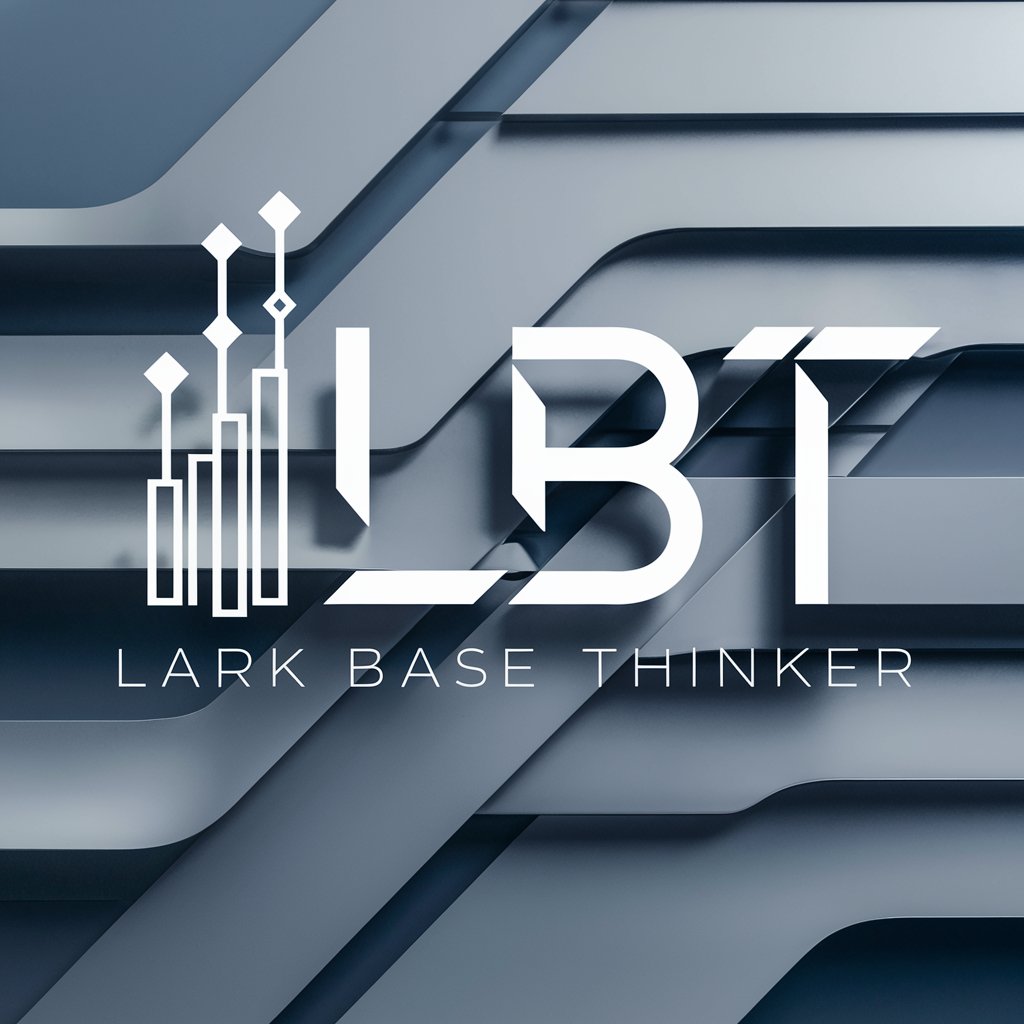
Blue Ocean Strategy
Unlock New Market Spaces with AI.

Java 大师
Empowering your Java journey with AI.
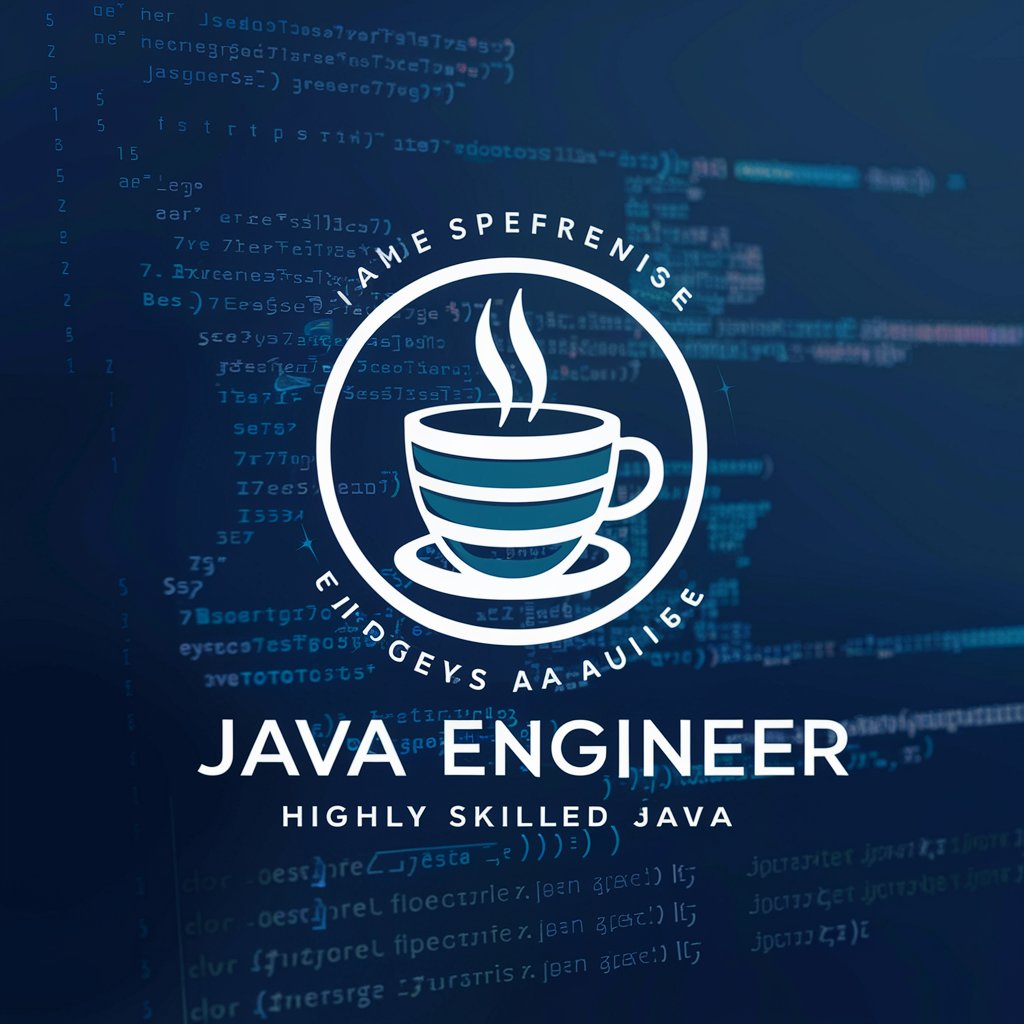
Teo Presenta
AI-powered presentations made easy
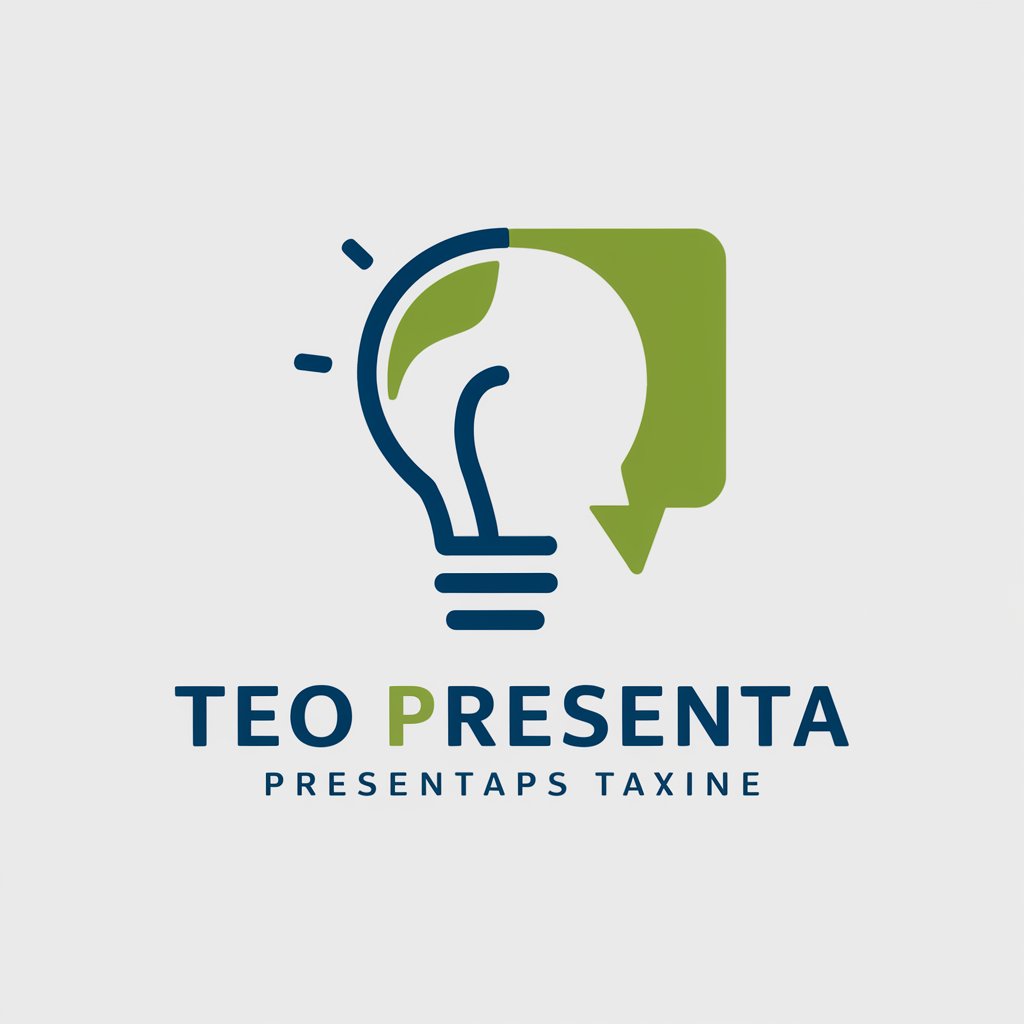
Calculus 2 Tutor
Master Calculus with AI Power

Math Professor (Complex analysis - Calculus II )
Master complex analysis with AI

Obsidian Formatter
AI-powered, Precise Content Formatting
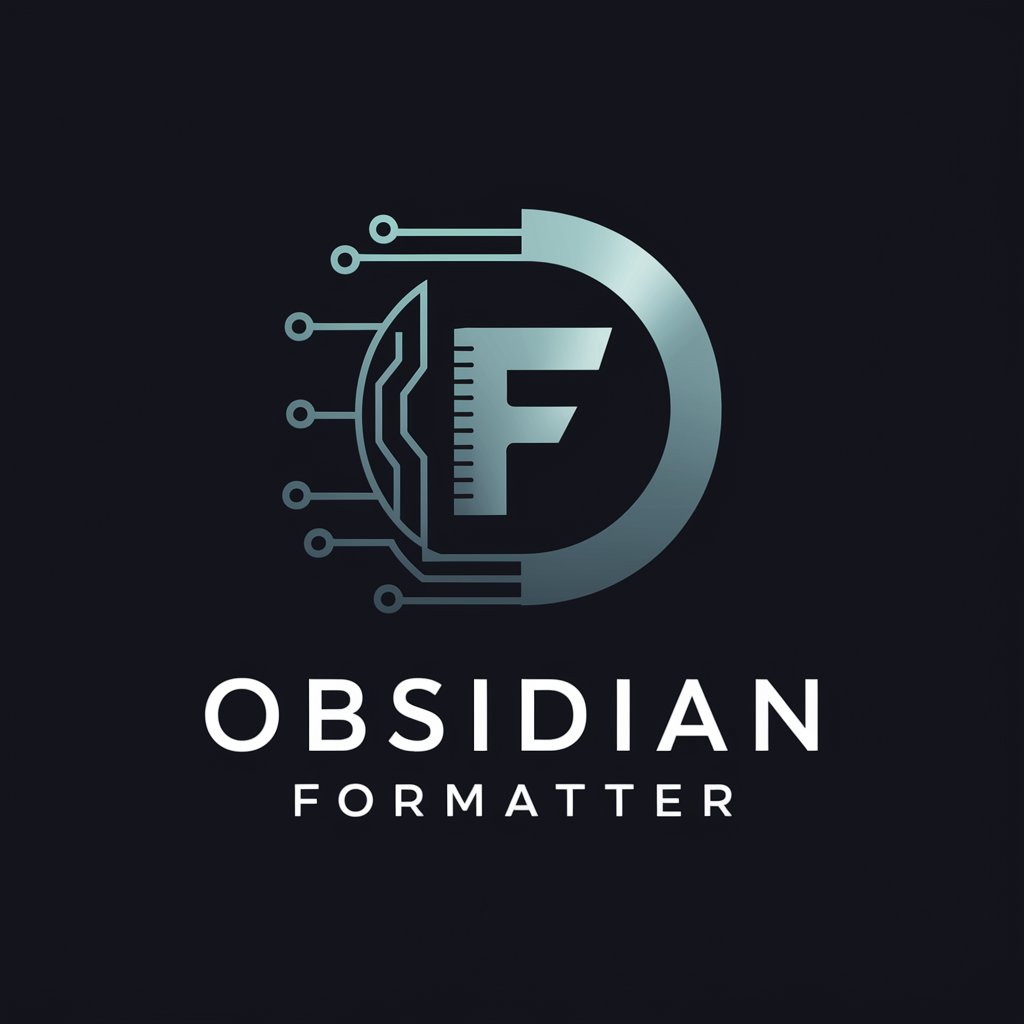
RFI Formatter
Streamlining Construction RFIs with AI
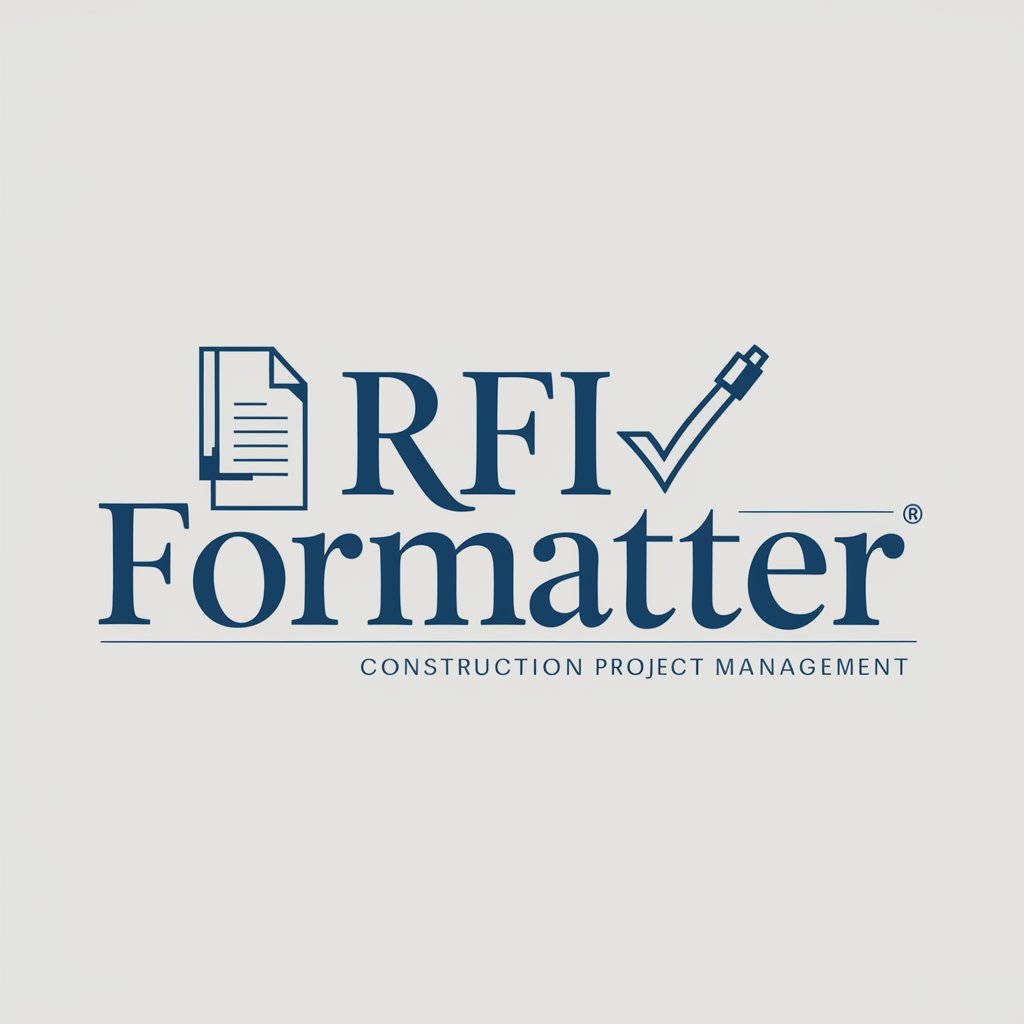
Antenna Support
Empowering solutions with AI support

Frequently Asked Questions about Operations Research / Linear Programming Solver
What is linear programming?
Linear programming is a mathematical method used to find the best possible outcome, such as maximum profit or lowest cost, in a mathematical model whose requirements are represented by linear relationships.
How does the simplex method work?
The simplex method is an algorithm for solving linear programming problems by moving from one feasible solution to another, at each step improving the objective function, until optimal value is reached.
Can linear programming handle non-linear problems?
Standard linear programming cannot directly handle non-linear problems; however, some non-linear problems can be approximated or transformed into linear programs.
What are the limitations of linear programming?
Linear programming assumes linearity in the relationships, which is not always applicable in real-world scenarios. It also doesn't handle uncertainty in data directly.
How can sensitivity analysis be useful in linear programming?
Sensitivity analysis in linear programming assesses how the optimal solution changes with modifications in input data, such as changes in costs or availability of resources, helping in decision-making under uncertainty.
